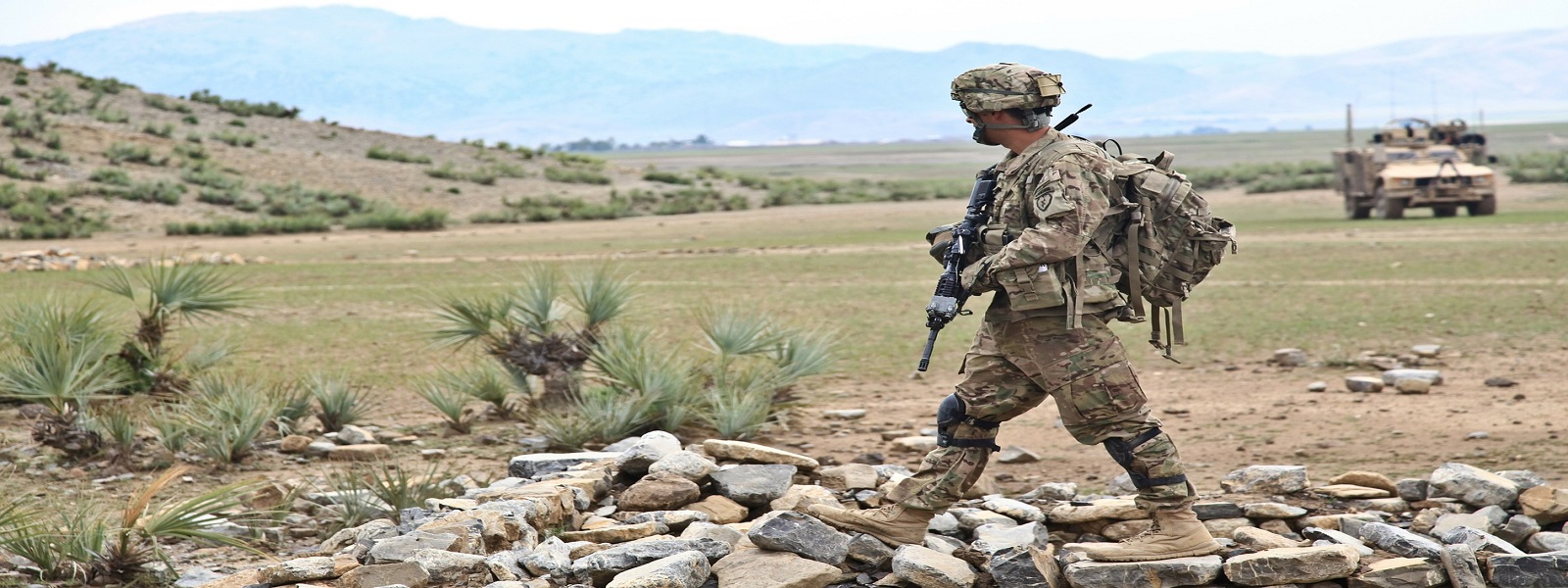Kabul, Afghanistan – Asef, a 60-year-old wood seller from Kabul, comes to his stand at 6 am. Effort and the scorching sun have left a mark on his tired skin. For the previous 18 years, he has worked seven days a week, 13 hours a day to preserve his household of 4.
Each week or 2, depending upon the season, Asef purchases a truck of wood, which he then cuts into smaller sized pieces and costs the regional wood market.
“Our sales have reduced. Spring is one factor. However, the primary consideration is that bread makers who utilized to utilize wood have now changed to gas, as it’s cleaner. Individuals are switching to gas nowadays, “Asef stated.
“One kg of gas expenses 60 AFG (74 cents) and 7kgs of wood is 80 AFG (98 cents). With 7kgs of wood, we can warm our space for 24 hr. And with one kg of gas we can cook our area only for 2 or 3 hours, “states Alishah, a 28-year-old trainee of Russian literature, in between sips of tea.
Environment modification has altered Afghanistan, and individuals understand little about its results, they feel in one’s bones that they can cut the trees and offer to Pakistan. Since regional individuals will not invest time to replant the trees, we remain in a crisis.
Wood has long been among Afghanistan’s primary sources of energy, which for many years has had various repercussions – logging and contamination supposedly eliminate a minimum of 3,000 individuals a year.
